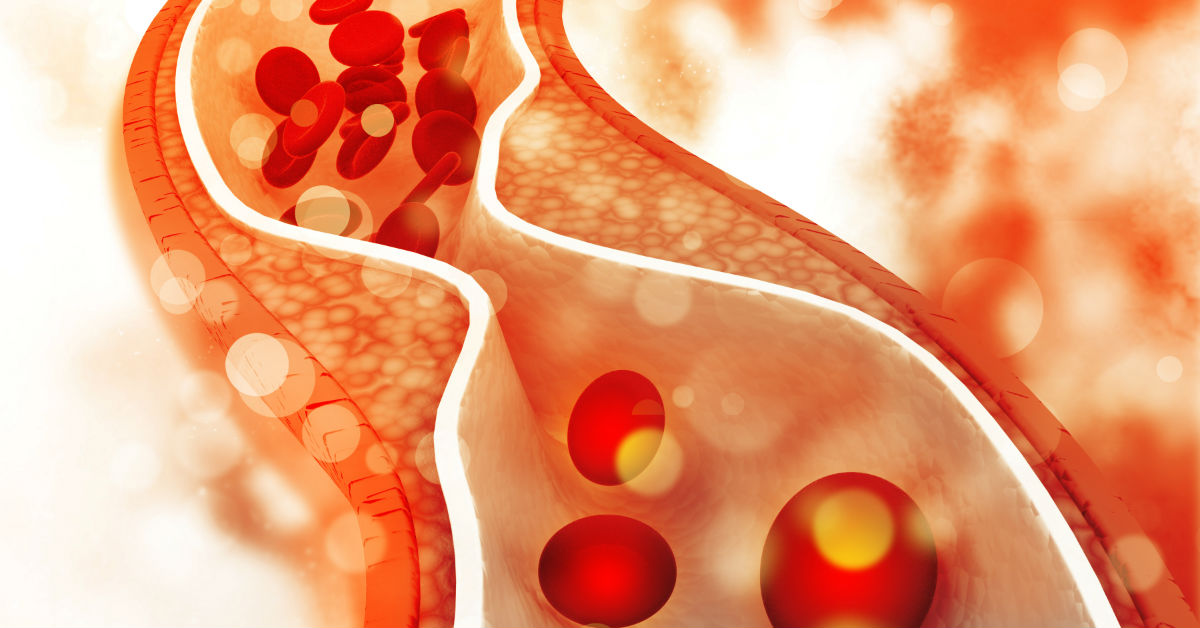
Peripheral artery disease (PAD)
What is it?
PAD or peripheral artery disease, is a condition in which the arteries that carry nutrient-rich, oxygenated blood become narrowed or occluded. All our tissues need water, oxygen and nutrients. Those life-sustaining elements get delivered to our organs and tissues through the arteries. When those arteries get plugged up, problems will occur. Atherosclerosis is the main disease process that results in narrowing and occlusion of the arteries. When the arteries to the legs are affected, that is what is called PAD.
What causes it?
While there are several uncommon causes of narrowed or blocked arteries, by far the most common cause is atherosclerotic plaque. Plaque, composed of cholesterol and calcium, is deposited in the walls of the arteries. This will narrow the lumen of the artery and eventually completely occlude it. While atherosclerosis does occur with aging, there are risk factors that significantly contribute to it. Smoking is by far the most significant contributor. The other major risk factors include high blood pressure, high cholesterol, and diabetes.
What are the symptoms?
Early on, there are no symptoms. But as the plaque progresses and the narrowing becomes more severe, one will start to experience muscle pain with walking. This may involve the hip or buttock region, the thigh, or the calf. The muscles feel fine at rest, but after they work for a while, they run out of oxygen and begin to hurt. After a few minutes of the rest, the pain usually resolves. This symptom is called claudication.
As PAD progresses, the distance a person can walk pain-free becomes less and less. Eventually, the blood flow to the feet becomes so limited that feet or toes will becomes painful even at rest. This often occurs at night and makes it difficult to sleep. We call this rest pain.
Eventually, the skin and soft tissue does not get enough oxygen and the tissue, often on the toes, starts to die. This can look like scab or ulcer, but it does not heal. If not addressed, PAD can lead to amputation.
What can be done?
If you think you may have PAD, you should talk to your doctor about it. The most important treatment is to deal with the risk factors that cause PAD. That means smoking cessation. Most people with PAD will benefit from a medication for cholesterol called a statin. An antiplatelet medication like aspirin is also beneficial. It is also necessary to get blood pressure and diabetes under good control. Remaining active is very important. Aurora BayCare Medical Center in Green Bay has a PAD Rehab Program that can help patients with claudication symptoms.
There are procedures that can be done for certain patients with PAD. Some of these can be performed with a skin puncture and then a catheter is advanced through an artery in the groin region. Sometimes incisions and surgery are necessary to remove the plaque in an artery or bypass around a blocked area. Vascular surgeons, some cardiologists and some interventional radiologists are experts at evaluating and treating people with PAD.
The Vascular Specialists at Aurora BayCare Medical Center collaborate to provide high-quality care that is customized to each patient.